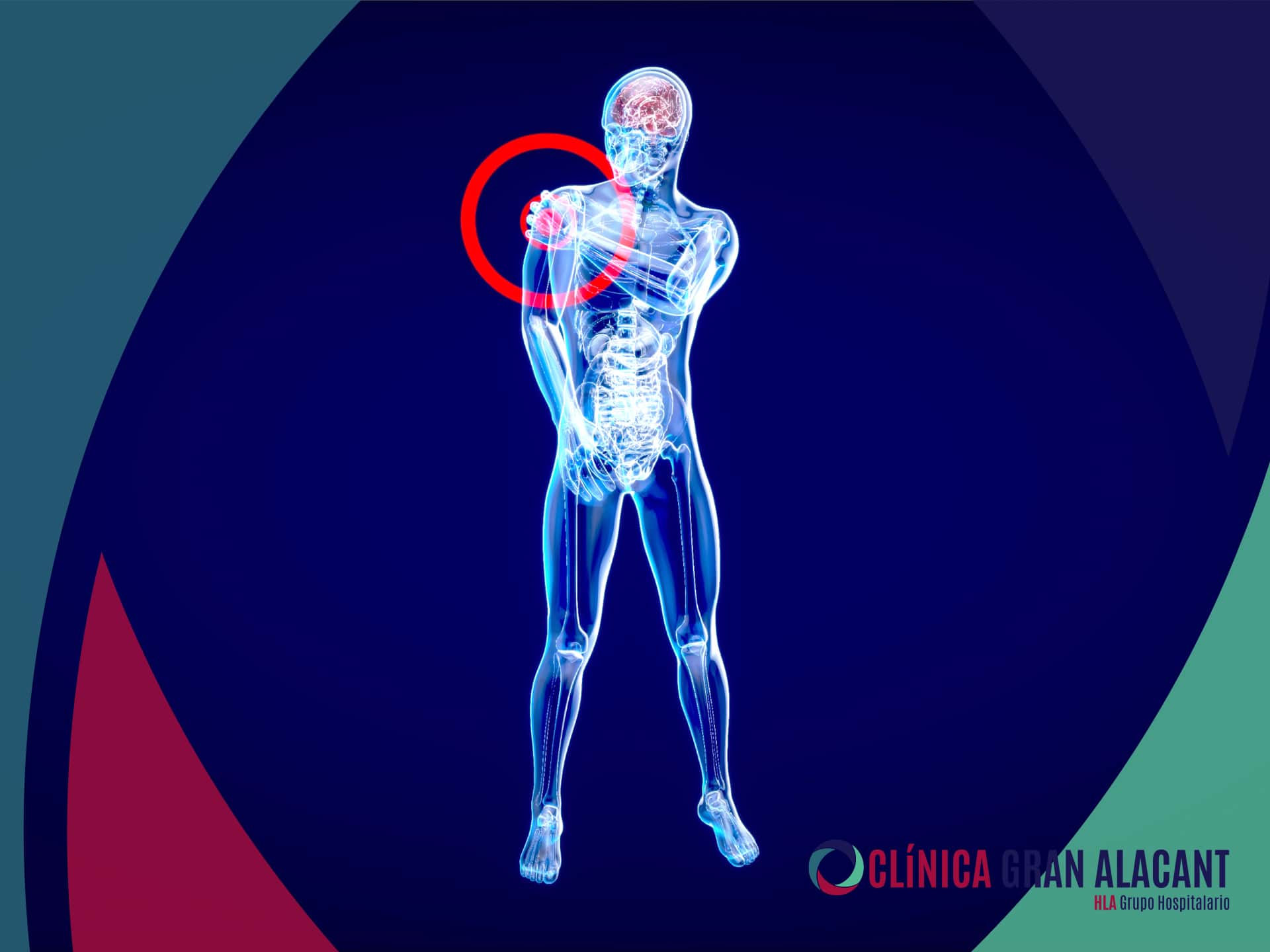Frozen shoulder syndrome remains poorly understood in several respects. However, the criteria for its diagnosis have remained unchanged for decades: it is a clinical diagnosis characterised by a general loss of normal shoulder motion, evidenced by radiographs that rule out other causes of joint stiffness.
There are cases where a frozen shoulder has been diagnosed and treated with physiotherapy for more than 2-3 years, under a “wait and see” approach, or by multiple injections, without x-rays to rule out other causes of stiffness. Some of these people were subsequently diagnosed with osteoarthritis, avascular necrosis or posterior dislocation.
Other causes of shoulder pain and stiffness included primary or secondary bone tumours, traumatic injury, osteoporosis, pathological conditions and muscle protection. Those with abnormalities on radiographs had worrisome features on clinical examination. The argument goes that “routine radiographs in suspected cases of frozen shoulder do not add much to the diagnosis based on history and physical examination alone”, and that not all cases of frozen shoulder require radiography.
However, x-rays are part of the diagnostic criteria for frozen shoulder. The decision whether or not to order an X-ray depends entirely on the clinical judgement of the relevant physician. Without x-rays, we will not be able to rule out other causes of stiffness. It is especially important to rule out other conditions when there are worrisome features in the clinical history and as the patient is referred to specialists.

Referral to specialised services usually means that the expected results are not being obtained and the differential diagnosis becomes even more important. Therefore, the decision to perform an X-ray is based on clinical judgement, the likelihood and risk that the clinician is willing to take, along with the process of obtaining informed consent from the patient so that they understand the potential risks of not performing an X-ray.
In many health centres, such as ours in Gran Alacant, x-rays are readily available, affordable for most, and required prior to administering corticosteroid injections into the shoulder joint as part of pain management. However, there may be countries, regions or healthcare settings where x-rays are not available due to lack of access, resources or funding for radiology services, or because practitioners do not have the rights to refer patients for such tests.
In addition, in some cases (e.g. pregnancy), radiographs may be contraindicated. In these cases, radiographs should be prioritised for those with red flags or risk factors for potentially serious pathology identified on clinical examination, such as those mentioned above, or when the diagnosis will affect treatment or prognosis, such as in the case of osteoarthritis.
The key message is not to confuse diagnostic criteria with probability-based clinical decision-making. In the absence of radiographs, the possibility of other causes of stiffness cannot be ruled out, no matter how rare or common the abnormalities are.
The choice not to order radiographs is an individual clinician’s decision, based on risk assessment, informed patient consent and the availability of imaging resources.



